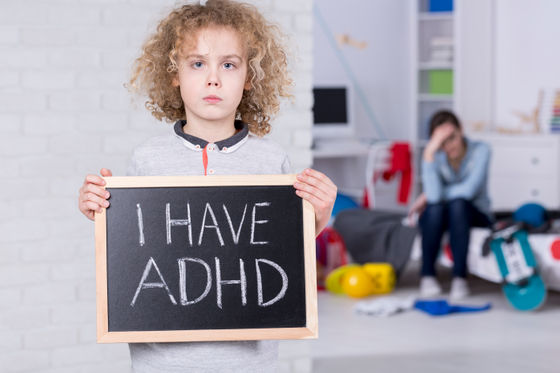Brain scan reveals the part of the brain that causes the 'hyperesthesia' seen in developmental disorders

Some people with
White matter alterations in autism spectrum disorder and attention-deficit / hyperactivity disorder in relation to sensory profile | Molecular Autism | Full Text
https://molecularautism.biomedcentral.com/articles/10.1186/s13229-020-00379-6
What Causes Developmental Disorder Hyperesthesia? Intracerebral connectivity problems common to autism spectrum disorders and attention deficit hyperactivity disorder-University Press Center
https://www.u-presscenter.jp/article/post-44615.html
ASD and ADHD are classified into different diagnostic categories because they have completely different symptoms. On the other hand, many people have both disabilities, and they often have hyperesthesia. Hyperesthesia causes great distress to those involved in ASD and ADHD, and in recent years it has been pointed out that 'sensory problems from the early stages of development may lead to interpersonal communication disorders in ASD'. It is also attracting attention as a cause.

A research group led by Associate Professor Haruhisa Ota of the Institute for Developmental Disorders, Showa University, conducted magnetic resonance imaging (MRI ) of the brain in 105 adults with ASD, 55 with ADHD, and 58 with neurotypical development (TD) who are not developmental disorders. ) Is used for scanning. Among the MRI analysis methods, the diffusion tensor imaging (DTI) , which is particularly suitable for visualizing the state of nerve fibers in the brain, was used to examine the nerve fibers in the white matter of the subjects.
The result is below. The left is the part where a significant difference was seen between ASD or ADHD and TD, and the right is a graph of the difference. While this experiment shows differences between the brains of both disorders and TD, ASD and ADHD share a common site of impaired white matter, and the analytical value of dispersal anisotropy (FA) is similar. It was confirmed that there was.
This tendency was also the same in the analysis results of examining the

According to the research group, white matter has a role of connecting parts of the brain, so it is attracting attention as a factor that brings about the characteristics of developmental disorders. This study confirms that disorders in the corpus callosum , a bundle of nerve fibers that connect the cortex of the right and left brains , are common between ASD and ADHD. It was. In addition, the relationship between the degree of corpus callosal damage and the severity of hyperesthesia measured by questionnaires to subjects was found to be similar between ASD and ADHD.
Regarding this result, the research group said, 'ASD and ADHD have common problems in the corpus callosum with respect to white matter nerve fibers, and the causes of paresthesia may be similar. It is necessary to investigate the cause of the developmental disorder characteristics, at least from the viewpoint of connections in the brain, regardless of the diagnostic category. '
Related Posts:
in Science, Posted by log1l_ks







